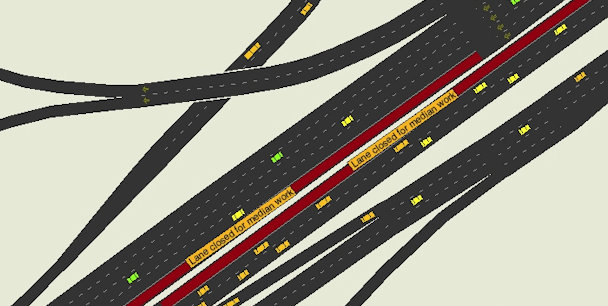Simulation Resources
Probability and Statistics: Simulation course requires a sound and concrete knowledge of probability and statistics concepts and applications. It is highly recommended that you review and consult your IEGR 251/351 textbook and class notes. There are thousands of publicly available documents on Internet, videos on YouTube and Vimeo and Social media. Khan Academy has structured set of videos explaining most of the concepts in probability and statistics. If you do not remember a concept, refresh your memory by watching those tutorials while taking note of main concepts. From your probability class you have gained knowledge about random events and variables, probability density function (pdf), cummulative distribution function (cdf), expected value, mean, standard deviation, variance, maximum likelihood estimator and other importand functions and parameters of many discrete and contiuous distributions. You also leanered how to calculate probabilities of the events and estimate the parameters of several distributions. You have also leanrned about real world situations where each distribution can be applied to define and predict the future events.
While the study of probability can be thought of the study of probability distributions in theory, the Statistics, is the applications of such theory in real life. The Oxford Dictionary of Statistical Terms (Y. Dodge, 2006) define the statistics as, "the study of the collection, analysis, interpretation, presentation, and organization of data. Statistics deals with all aspects of data including the planning of data collection in terms of the design of surveys and experiments." Some of you are taking the IEGR 351 in the same semester that your are taking the simulation course. Although, we cover some statistics for you to feel comfortable solving the simulation problems, it is not the intent of this course to teach statistics. We use statistical analysis when we analyze the data collected to see what distribution best fit the data collected and to analyze the output from simulation runs. As stated above, there are many resources available on Internet. Here is a small sample of textbooks that with a simple search you may easily find them.
Probability and Mathematical Statistics by P. Sahoo
[link]
Introduction to Probability and Statistics Using R by G. Jay Kerns
[link]
A Modern Introduction to Probability and Statistics by F. M. Dekking et.al.
[link]
Probability & Statistics for Engineers & Scientists, 9th Edition by R. E. Walpole, et.al.
[link]
Introduction to Probability by Grinstead & Snell
[link]
One of the most useful pages for engineering statistics is the NIST/SEMATECH e-Handbook of Statistical Methods [link] which I am encouraging you to use. Khan Academy's Probability and Statistics page is also highly recommended [link].
For SIMIO, the best source is the company Website [link]. Make sure to explore their Website, especially the Academic tab which includes many usefull information. Simio also has an active YouTube channel, SimioSimulation [link] that includes many tutorials and applications. Finally, the software itself a large set of Widgets (will be covered in class) that can help you while learning SIMIO or trying to develop a model.
There are also few handouts that we use throughout the semester. A main handout for the first portion of the class is available from the Archive tab. Here is the direct link [link].


